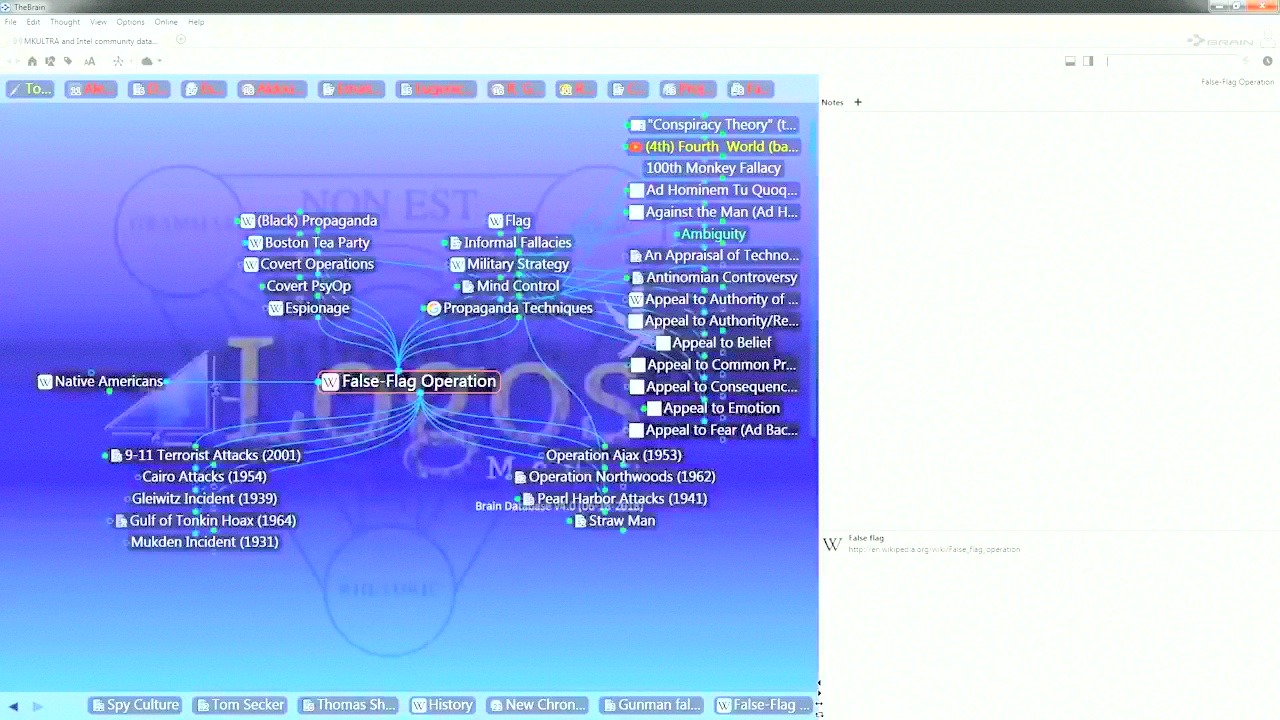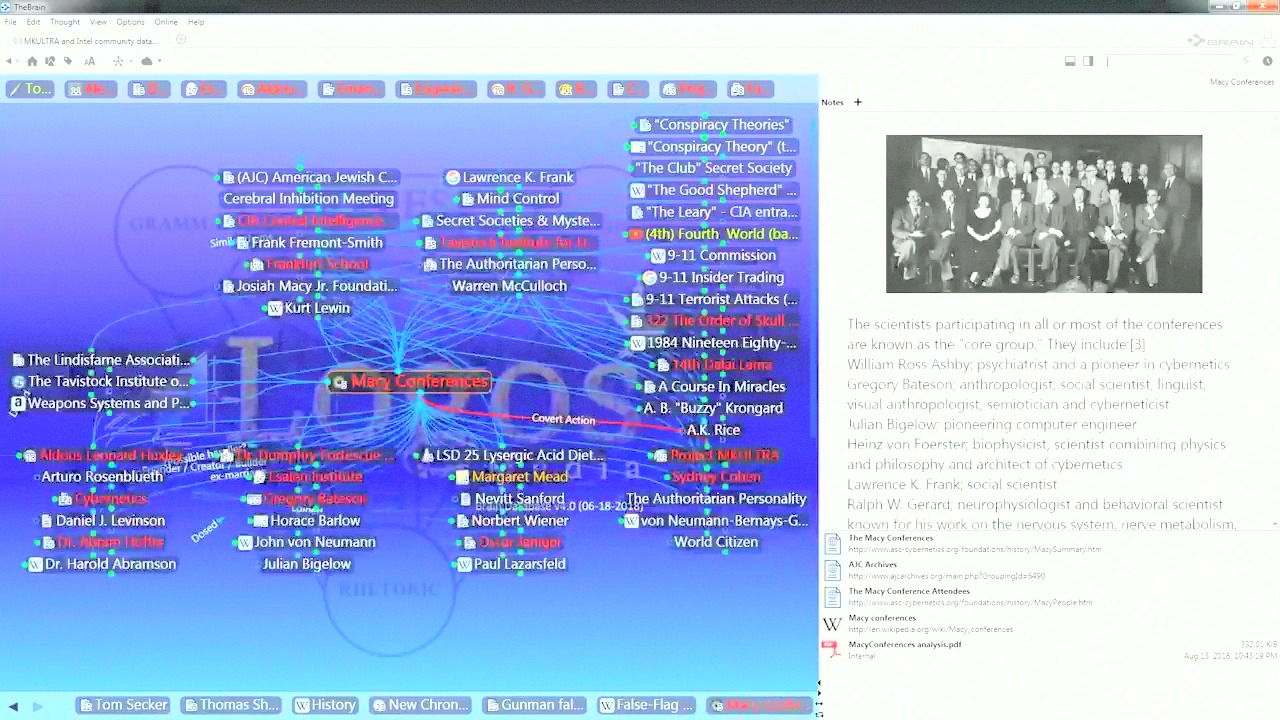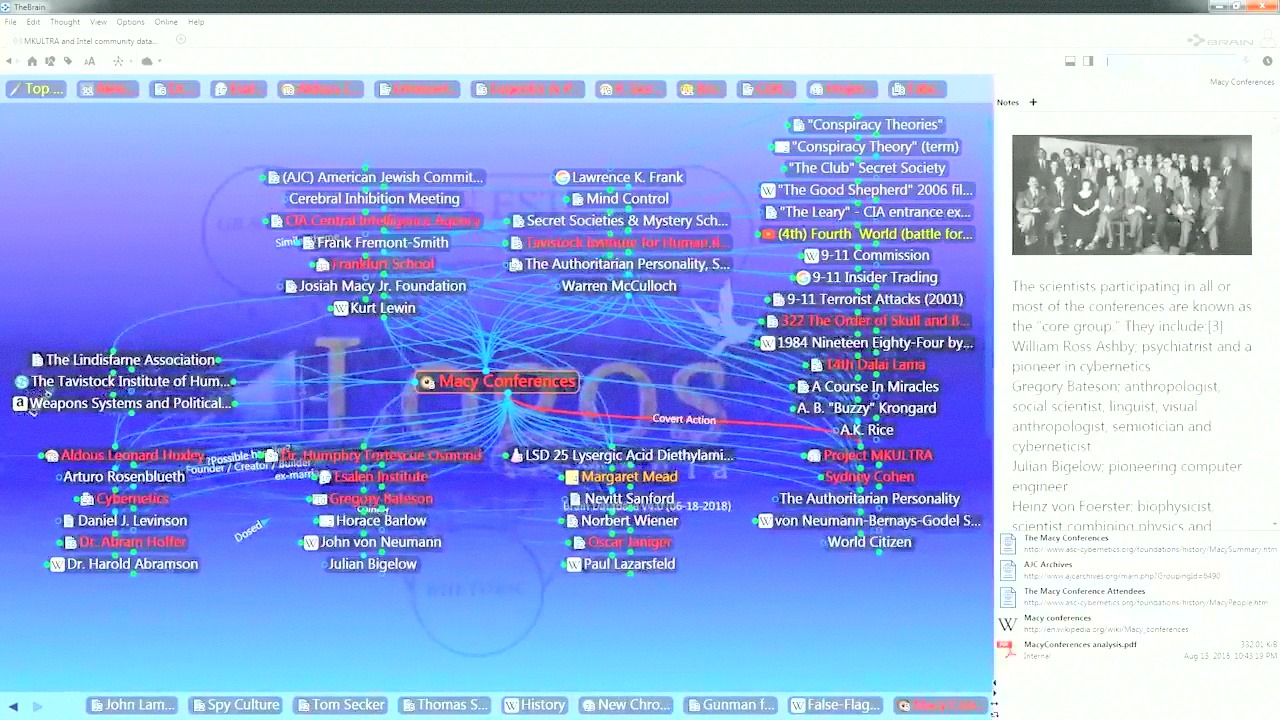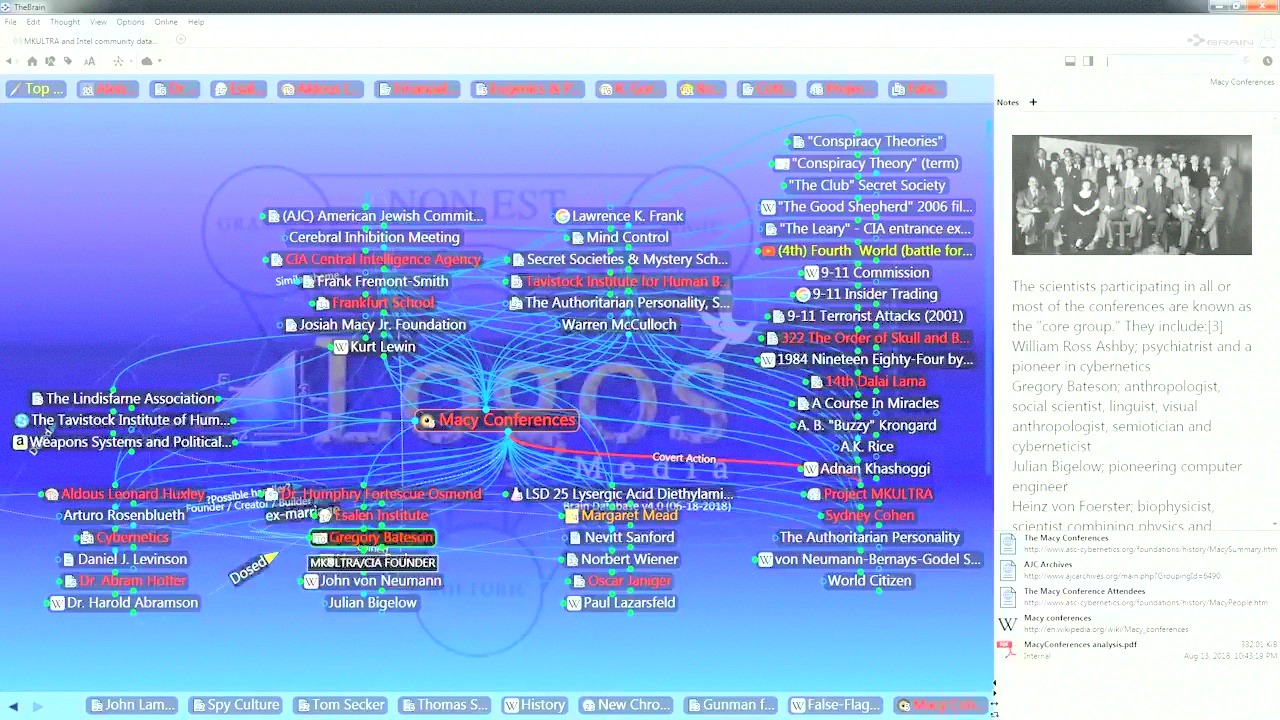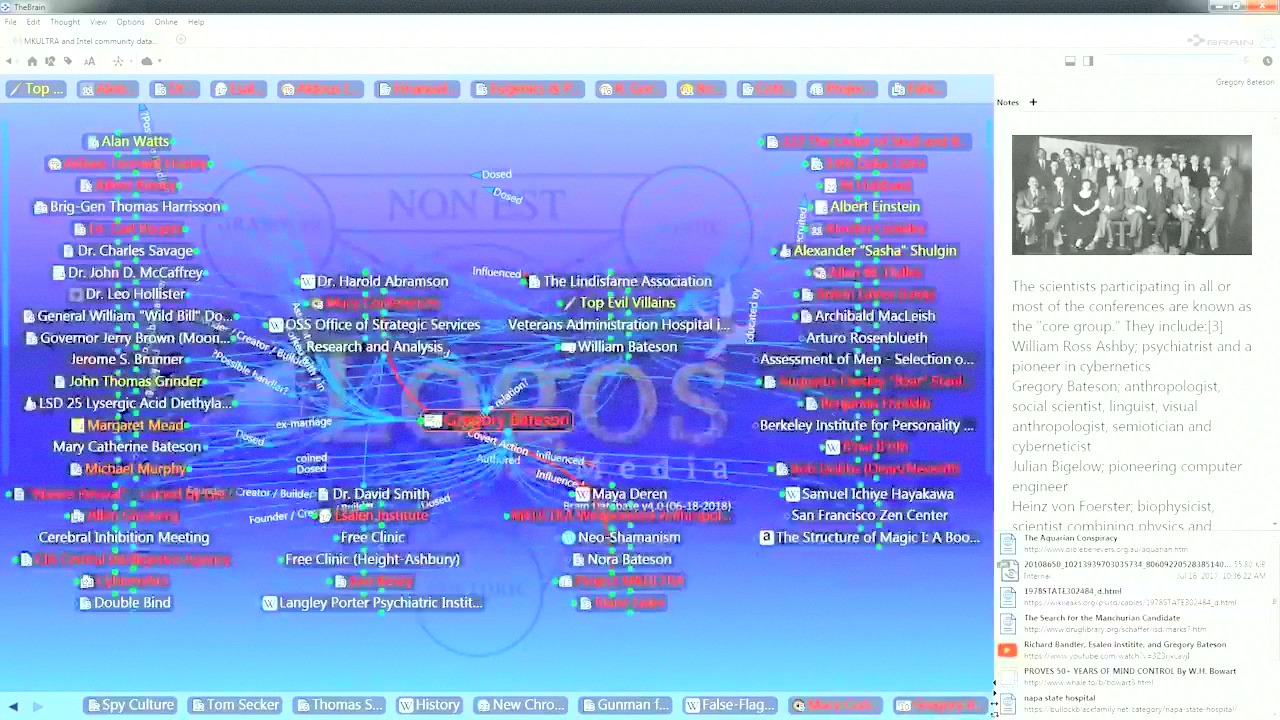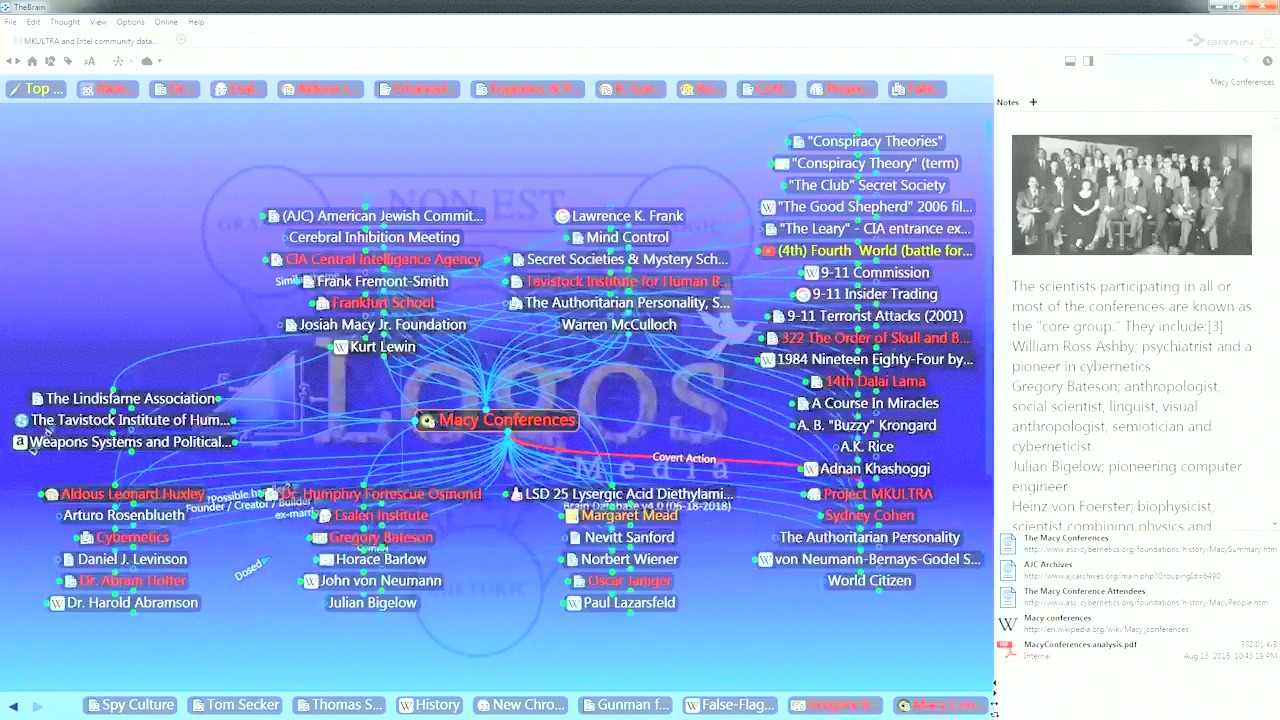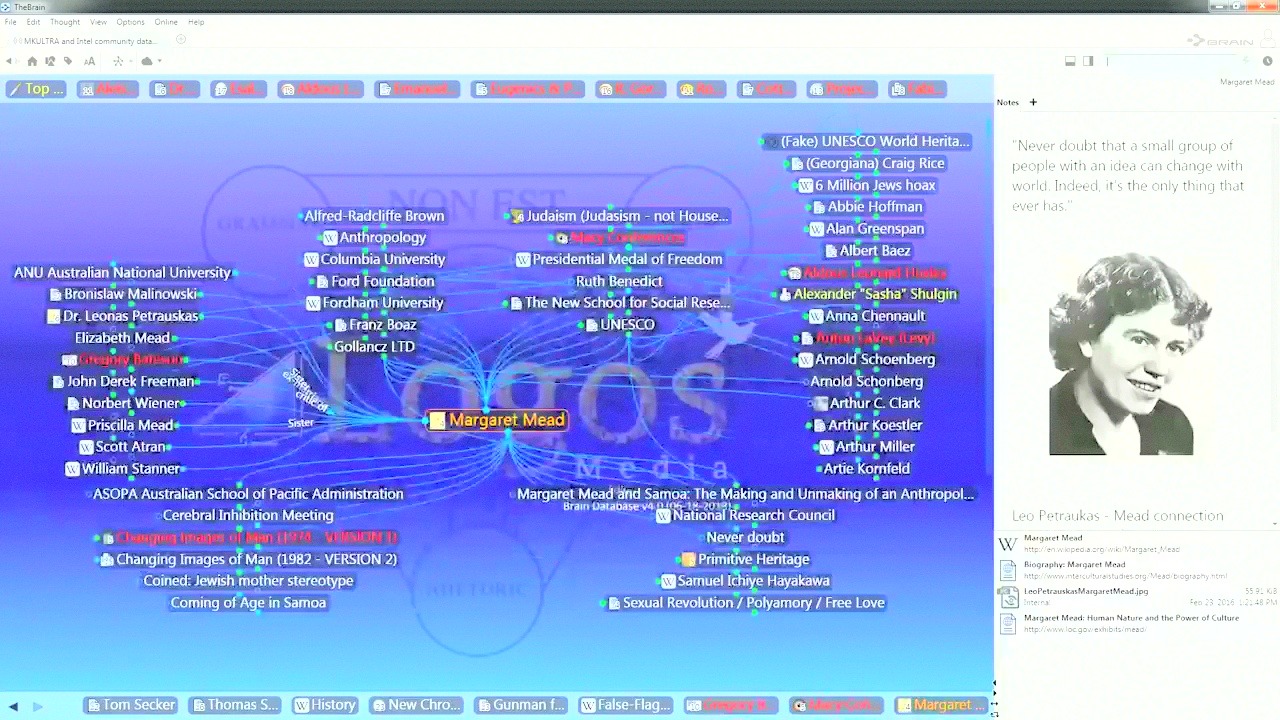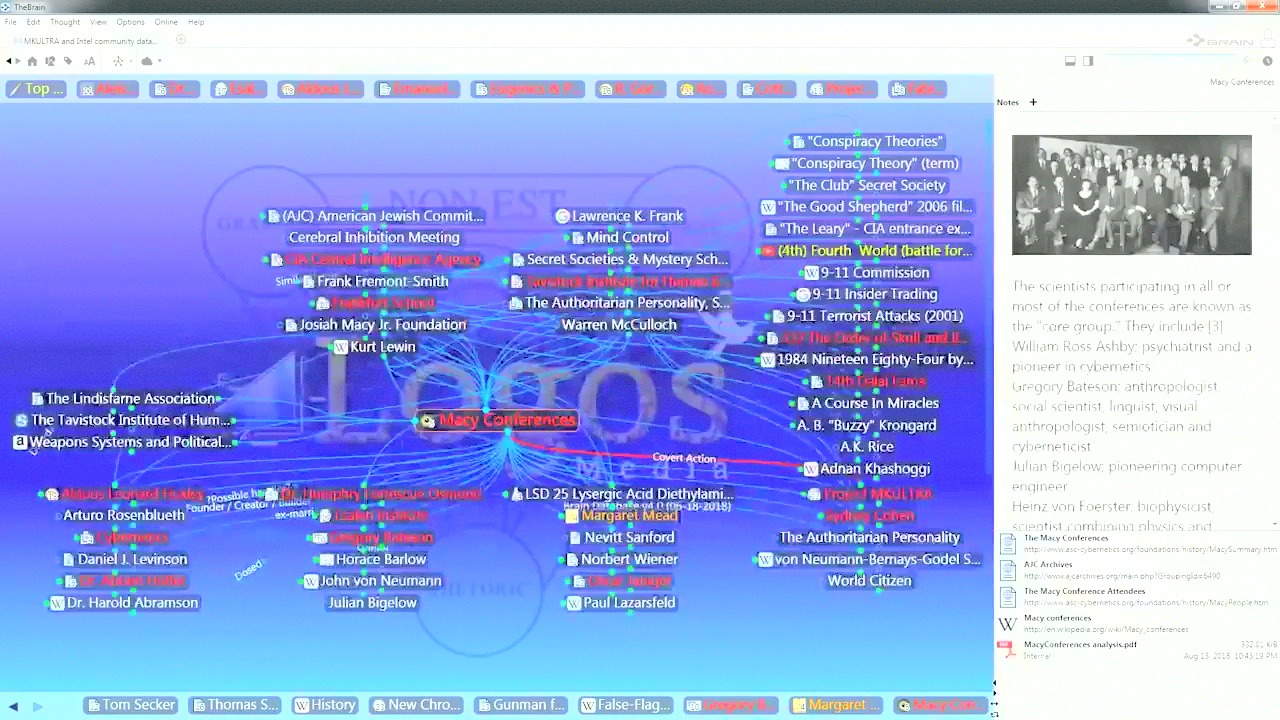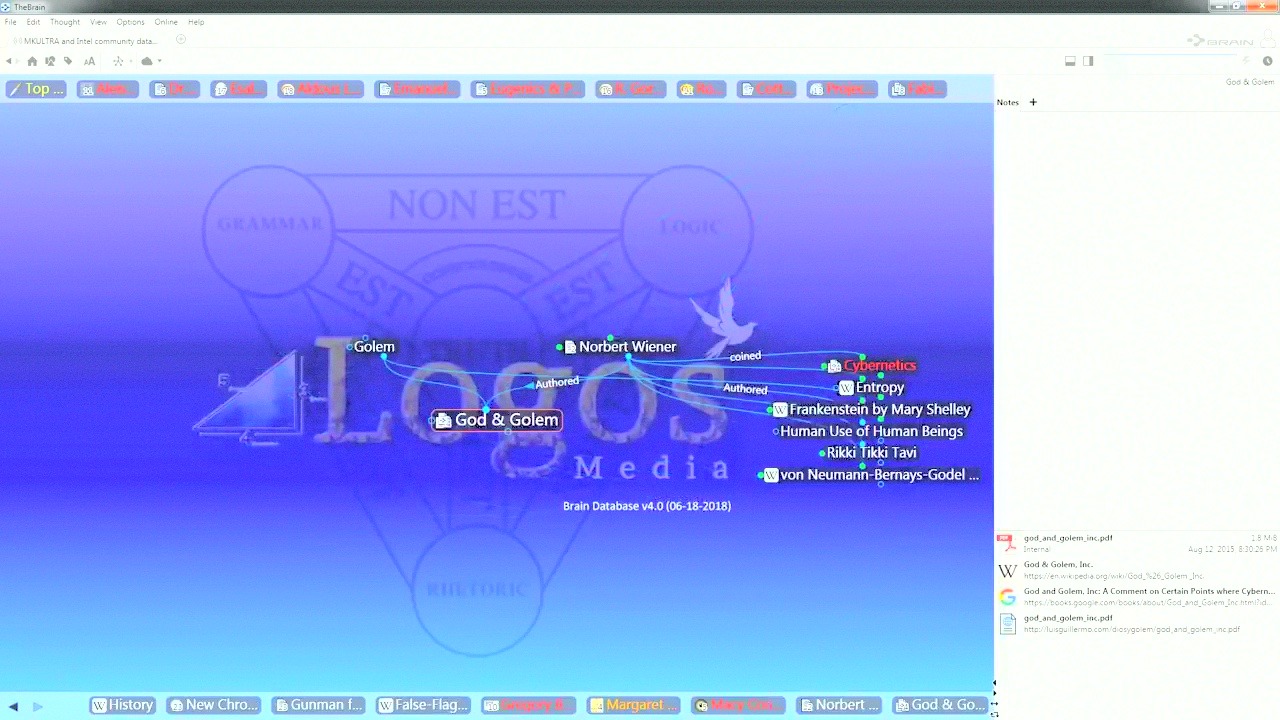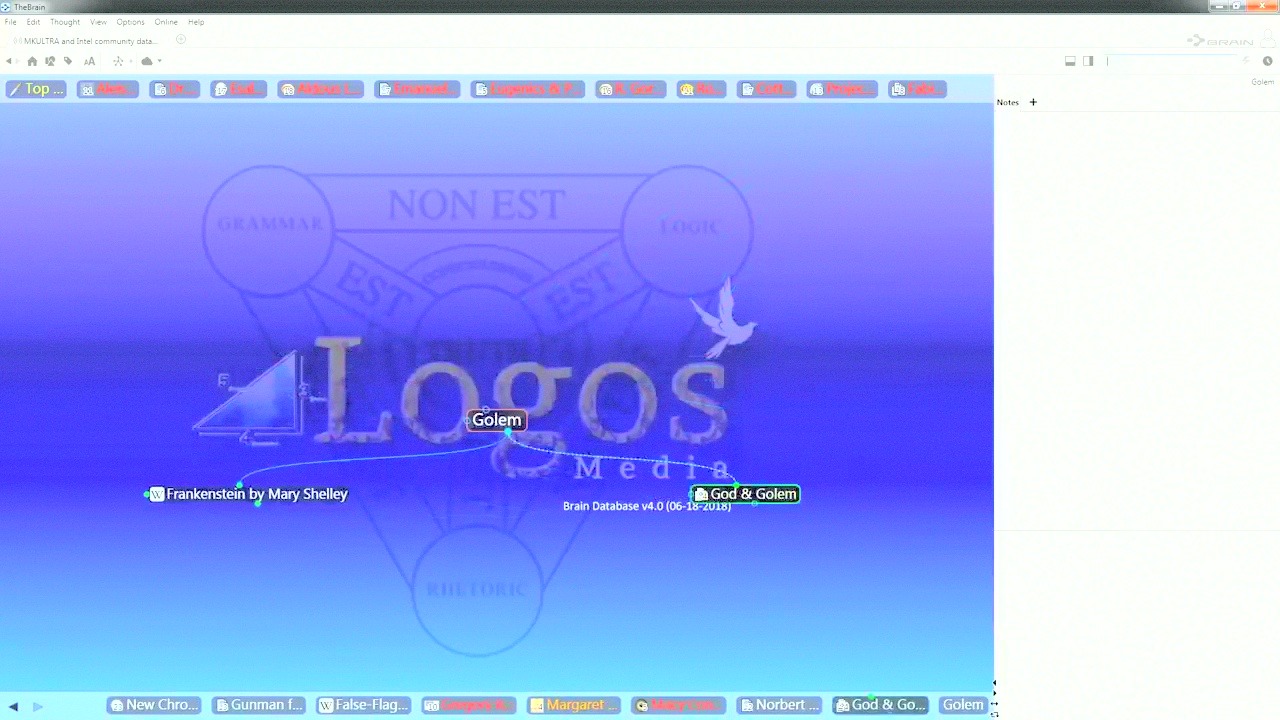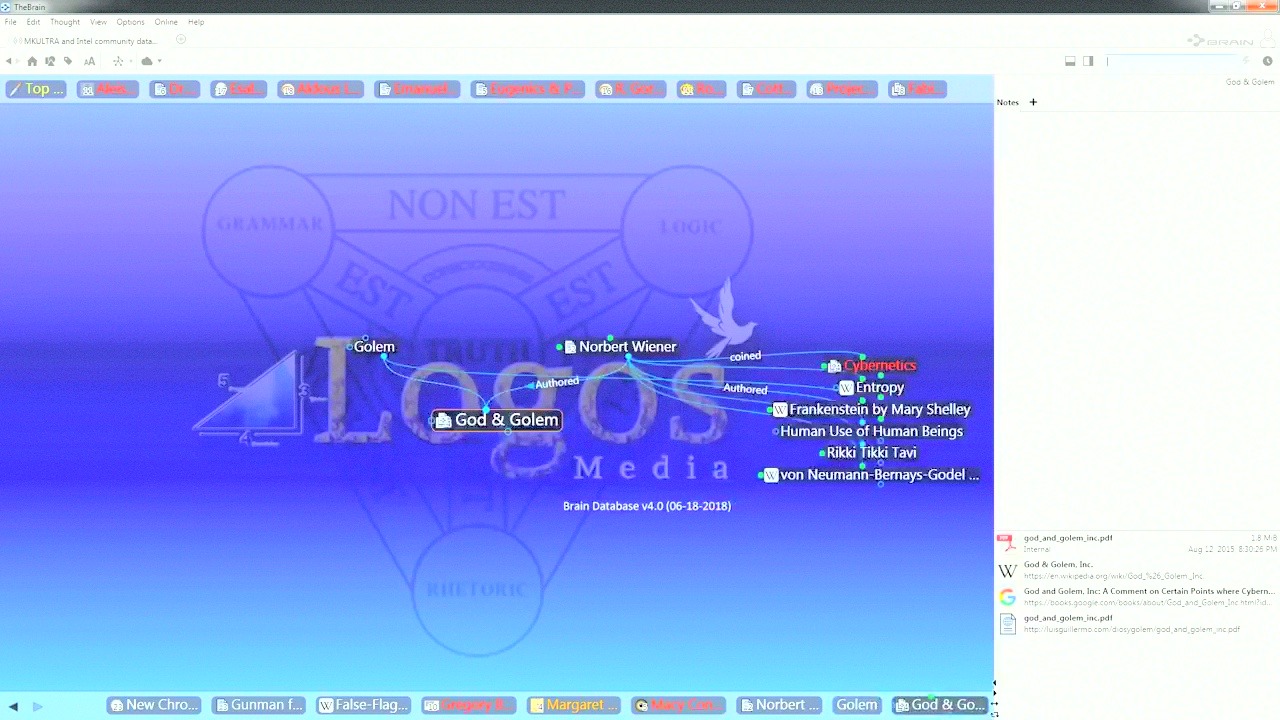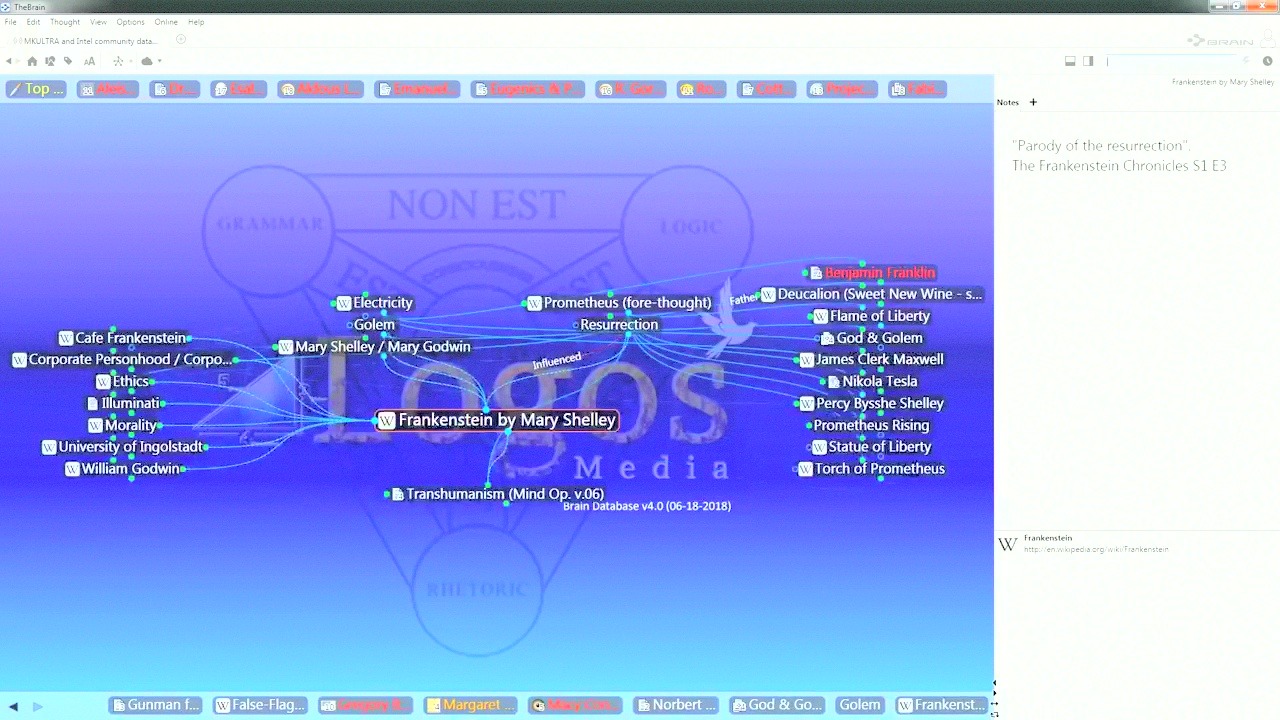https://www.bitchute.com/video/8MZjSoYqfyQF
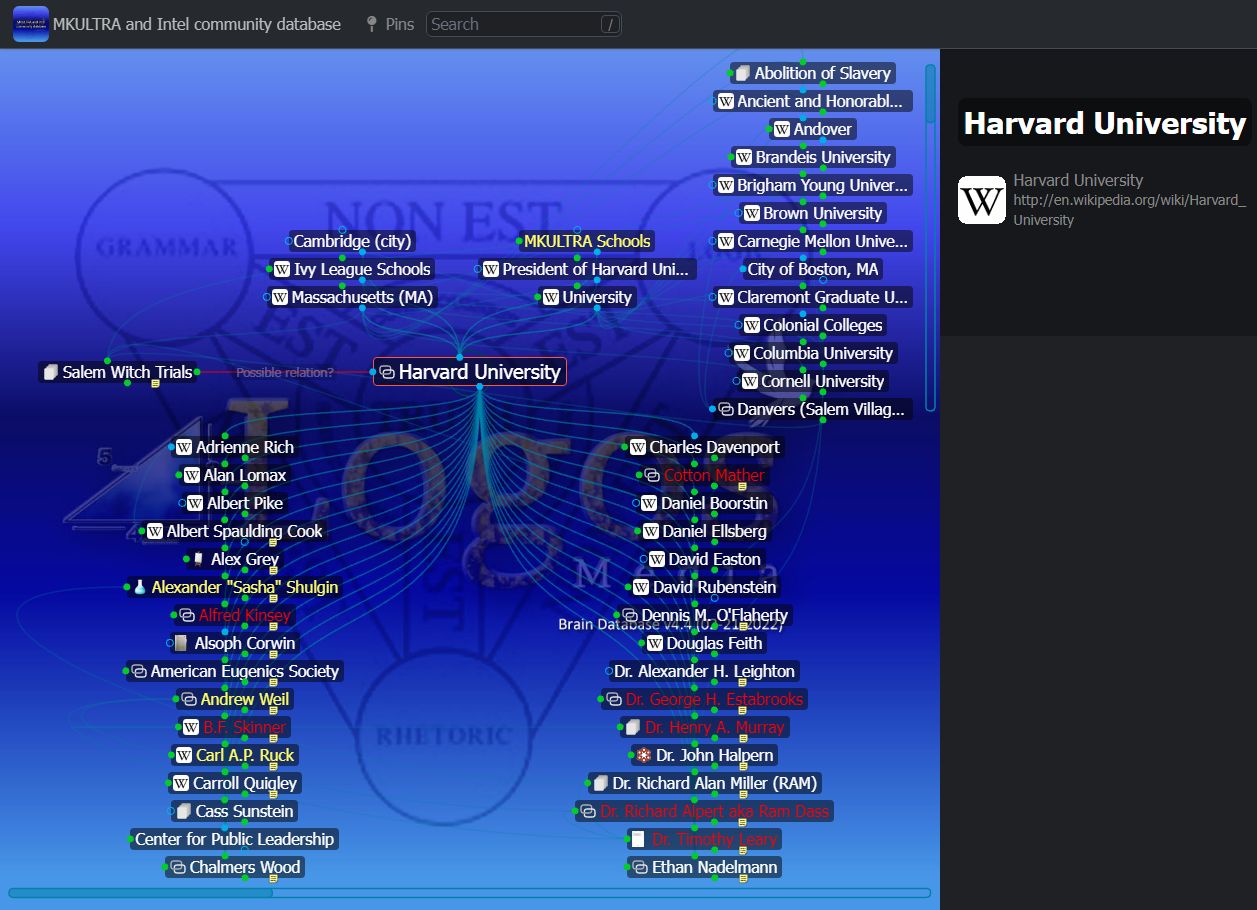
ABOVE: Apparently a 21 Feb 2022 public copy of Jan Irvin / Logos Media / Gnostic Media “Unspun” MKULTRA INTEL database — https://app.thebrain.com/brain/065d248e-2914-4c6e-8d64-6ca107adad19/6f71ad51-b80f-5caa-b7f4-693f8265a657
===
Antinomian music refers to a concept explored by Dr. Hans Utter, a researcher and musician known for his work in the fields of music theory, ethnomusicology, and cultural studies. Antinomianism is a theological term that originally referred to the belief that adherence to moral laws or religious doctrines is unnecessary for salvation. Dr. Utter applies this concept to music, suggesting that certain musical practices or genres challenge conventional norms and structures, particularly within the context of religious or cultural traditions.
Dr. Hans Utter has explored the idea of antinomianism in music through various lenses, including the study of musical subcultures, improvisation, and the role of music in spiritual or transformative experiences. He has written extensively on topics such as jazz improvisation, trance music, and the intersection of music and mysticism.
While the concept of antinomian music may encompass a wide range of musical styles and practices, its underlying theme often involves questioning or subverting established norms and boundaries, whether religious, cultural, or artistic. Dr. Utter’s research aims to shed light on the transformative power of music and its ability to challenge conventional thinking and inspire new ways of understanding and experiencing the world.
It’s important to note that the concept of antinomian music is a complex and nuanced topic that may have different interpretations and applications depending on the cultural, historical, and philosophical context. Dr. Utter’s work contributes to ongoing discussions about the role of music in shaping individual and collective identities, beliefs, and social structures.
